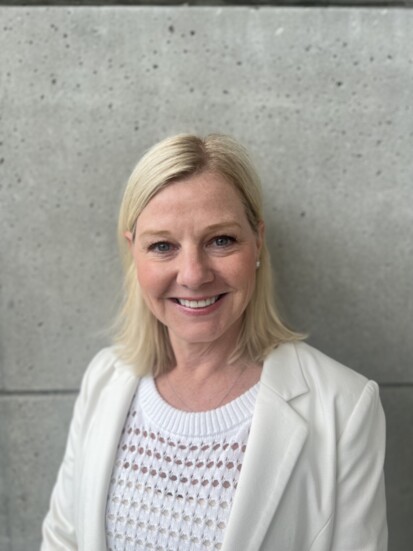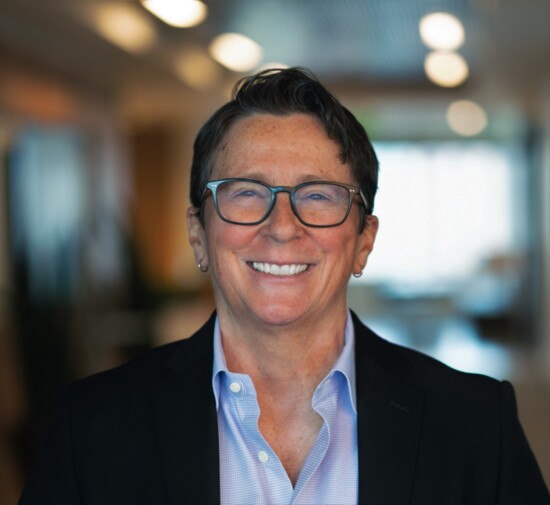If you’ve lived in Kirkland for very long, or King County in general, you’re probably aware that there is a housing shortage, and has been for years. While the shortage affects all levels of housing, the dearth of homes that meet the needs of low and middle income families is particularly dire. Per estimates recently released by the Metropolitan King County Council*, the city of Kirkland will need over 53,000 homes in 2044, and at the most recent count (2019) there is a baseline supply of just over 40,000 - leaving a need for over 13,000 new permanent housing units by 2044.
Of those 13,000 needed units, approximately 5,000 are needed for those households making 30-50% of the Area Median Income, and nearly the same number is needed for those making 50-80% of the AMI. One community in development, Polaris - which will be located in the Totem Lake area, will help address this deficit, providing 440 units of affordable housing.
Polaris is a public-private-nonprofit partnership between Evergreen Impact Housing Fund, Inland Group, and Microsoft, and other funders. With an estimated completion date in 2026, the development will include supportive housing, commercial space, and easy transit access. Senior Director at Microsoft Philanthropies, Jane Broom, says, “We have a housing crisis across every level, especially on the Eastside. The gaping hole is housing for teachers, nurses, firefighters, and young families.”
According to Kris Hermanns, Fund Manager for the Evergreen Impact Housing Fund, the fund is the first of its kind in the country, and includes five credit unions and Microsoft among its investors. In addition to its investments in the fund, Microsoft is providing direct construction financing for Polaris. Five years ago, the company developed a new initiative to address the affordable housing deficit on the Eastside. The initiative focuses on grants, policy, and other funding. Broom says, “Polaris tapped into so many of the different funding vehicles that we created. We feel our role has been to create tools that can be used to help projects in support of affordable housing. How do we create incentives to access our capital for housing for families that is near transit and close to amenities?”
Hermanns says, “We need more innovative financing to incentivize developers to build more family housing near amenities and supports, so the region can thrive and grow.” The EIHF has now funded five projects across the region with a $50MM investment in affordable housing. Continues Hermanns, “This region prices out a lot of working families, so developments like this help mitigate that. Many families in the region are one crisis away from being unhoused.” Adds Broom, “Microsoft loans capital at very low rates that creates an incentive for developers to create this type of housing.”
Some Polaris units will be set aside for very low income families that may have experienced housing instability, and the sites funded by the EIHF are deliberately located near transit. Currently, given the economy and the market, it’s very costly to finance development. The EIHF provides “low cost catalytic capital” to add to the capital stack for developers like Inland. Hermanns says, “Families should have better access to economic opportunity and community amenities, and we’re hopeful there will be more opportunities on the Eastside for affordable housing.” Says Broom, “We’re at a moment when we need everyone to help and lean into this issue. It’s daunting, but so important.”
*King County Signature Report, Ordinance 19660


